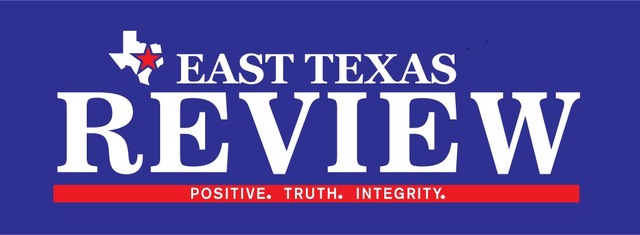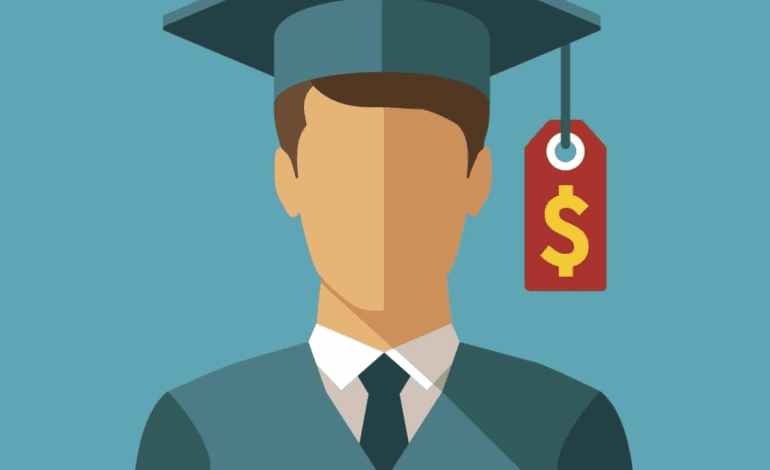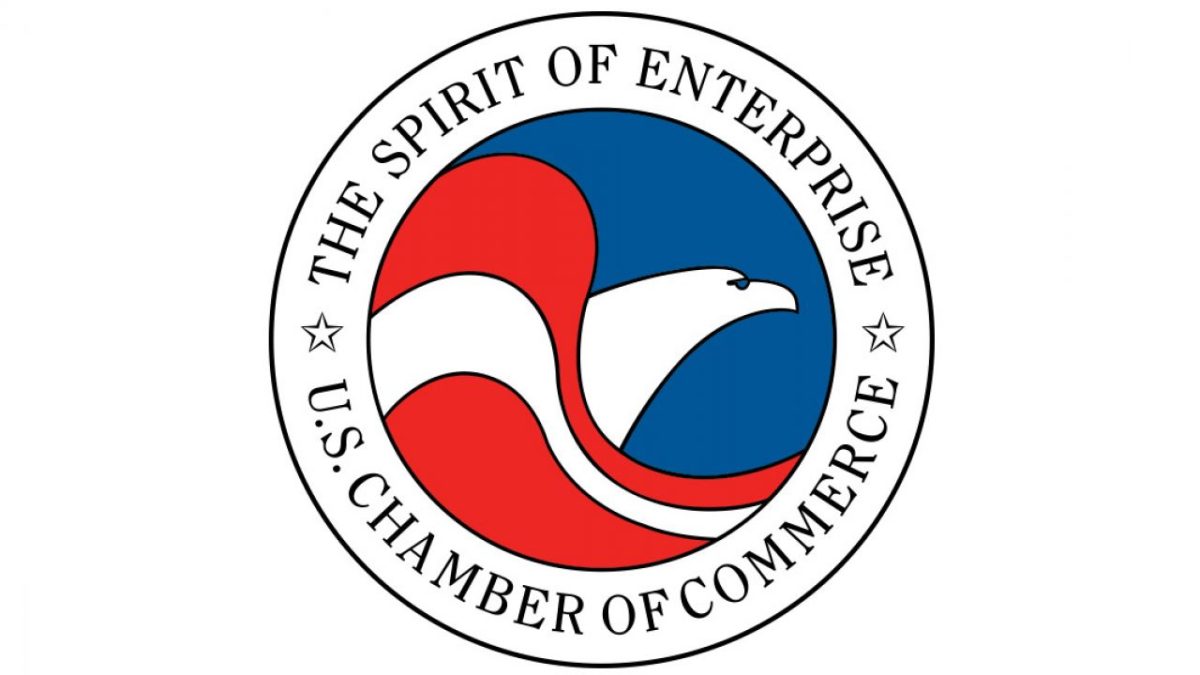Biden-Harris administration announces final student loan pause through December 31 plus debt cancellation
Today, the U.S. Department of Education (Department) announced a final extension of the pause on student loan repayment, interest, and collections through December 31, 2022. Borrowers should plan to resume payments in January 2023. While the economy continues to improve, COVID cases remain at an elevated level, and the President has made clear that pandemic-related relief should be phased out responsibly so that people do not suffer unnecessary financial harm.
To address the financial harms of the pandemic by smoothing the transition back to repayment and helping borrowers at highest risk of delinquencies or default once payments resume, the Department will provide targeted student debt cancellation to borrowers with loans held by the Department of Education. Borrowers with annual income during the pandemic of under $125,000 (for individuals) or under $250,000 (for married couples or heads of households) who received a Pell Grant in college will be eligible for up to $20,000 in debt cancellation. Borrowers who met those income standards but did not receive a Pell Grant will be eligible for up to $10,000 in relief. The Department will be announcing further details on how borrowers can claim this relief in the weeks ahead. The application will be available no later than when the pause on federal student loan repayments terminates at the end of the year. Nearly 8 million borrowers may be eligible to receive relief automatically because relevant income data is already available to the Department. The Department is also making available a legal memorandum regarding its authority for these discharges.
The Department is also proposing a rule to create a new income-driven repayment plan that will substantially reduce future monthly payments for lower- and middle-income borrowers. The proposed rule would protect more income from loan payments. It would cut in half—from 10% to 5% of discretionary income—the amount that borrowers have to pay each month on their undergraduate loans, while borrowers with both undergraduate and graduate loans will pay a weighted average rate. It would also raise the amount of income that is considered nondiscretionary income and therefore protected from repayment. The rule would also forgive loan balances after 10 years of payments, instead of the current 20 years under many income-driven repayment plans, for borrowers with original loan balances of $12,000 or less. Additionally, the proposed rule would fully cover the borrower’s unpaid monthly interest, so that—unlike with current income-driven repayment plans—a borrower’s loan balance will not grow so long as they are making their required monthly payments. The plan would also simplify borrowers’ choices among loan repayment plans. The proposed regulations will be published in the coming days on the Federal Register and the public is invited to comment on the draft rule for 30 days.
“Earning a college degree or certificate should give every person in America a leg up in securing a bright future. But for too many people, student loan debt has hindered their ability to achieve their dreams—including buying a home, starting a business, or providing for their family. Getting an education should set us free; not strap us down! That’s why, since Day One, the Biden-Harris administration has worked to fix broken federal student aid programs and deliver unprecedented relief to borrowers,” said U.S. Secretary of Education Miguel Cardona. “Today, we’re delivering targeted relief that will help ensure borrowers are not placed in a worse position financially because of the pandemic and restore trust in a system that should be creating opportunity, not a debt trap.”
Additionally, the Department is proposing long-term changes to the Public Service Loan Forgiveness (PSLF) program that will make it easier for borrowers working in public service to gain loan forgiveness. Specifically, the Department proposed allowing more payments to qualify for PSLF including partial, lump sum, and late payments, and allowing certain kinds of deferments and forbearances – such as those for Peace Corps and AmeriCorps service, National Guard duty, and military service – to count toward PSLF. These proposed regulatory changes build on the progress made with the temporary changes announced last year by the Department that expire on October 31, 2022. Since the start of the temporary changes, the Department has approved more than $10 billion in loan discharges for 175,000 public servants. To apply for forgiveness or payments to count toward forgiveness under the temporary changes, visit the PSLF Help Tool.
The Department is also taking steps to reduce the cost of college for students and their families and hold colleges accountable for raising costs, especially when failing to deliver good outcomes to students. The Department has already re-established the enforcement unit in the Office of Federal Student Aid and recently withdrew authorization for the accreditor that oversaw schools responsible for some of the worst for-profit scandals. The agency will also propose to reinstate and improve a rule to hold career programs accountable for leaving their graduates with unaffordable debt. And the Department is announcing new steps to take action against colleges that have contributed to the student debt crisis. These include publishing an annual watch list of the programs with the worst debt levels in the country and requesting institutional improvement plans from colleges with the most concerning debt outcomes that outline how the college intends to bring down debt levels.
The Biden-Harris Administration will keep fighting to reduce the cost of higher education by working to make community college free and doubling the maximum size of the Pell Grant.





